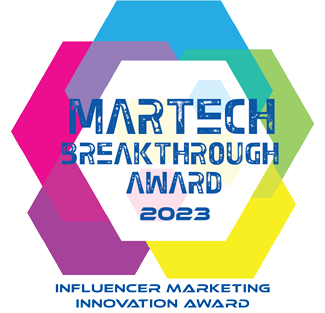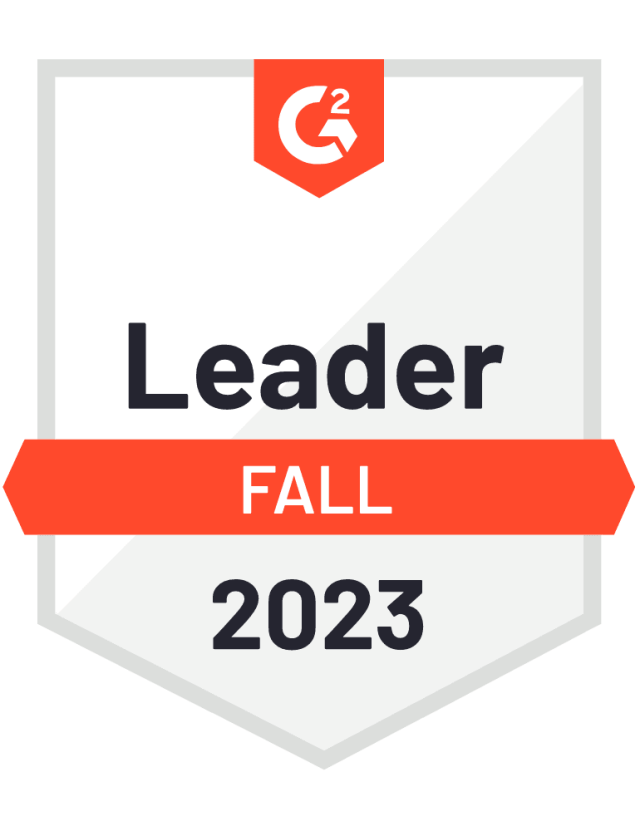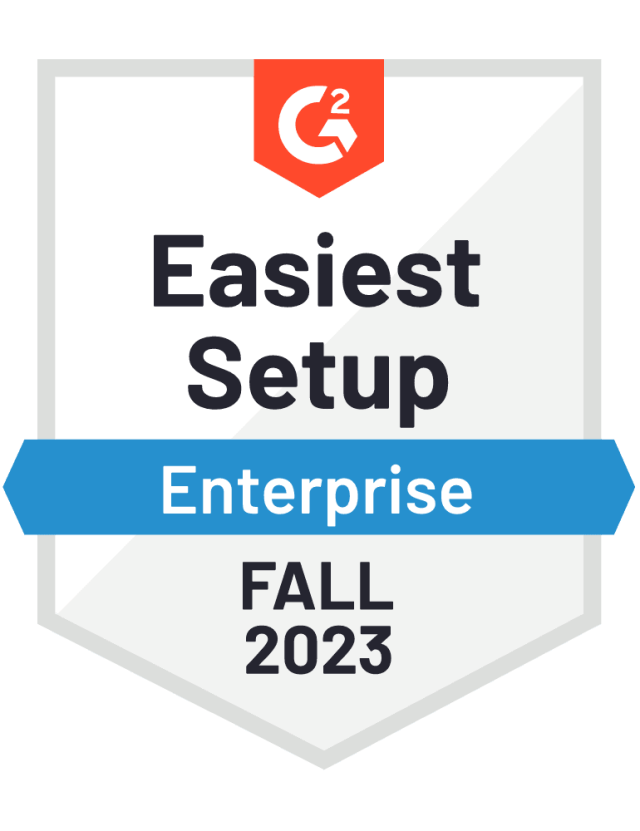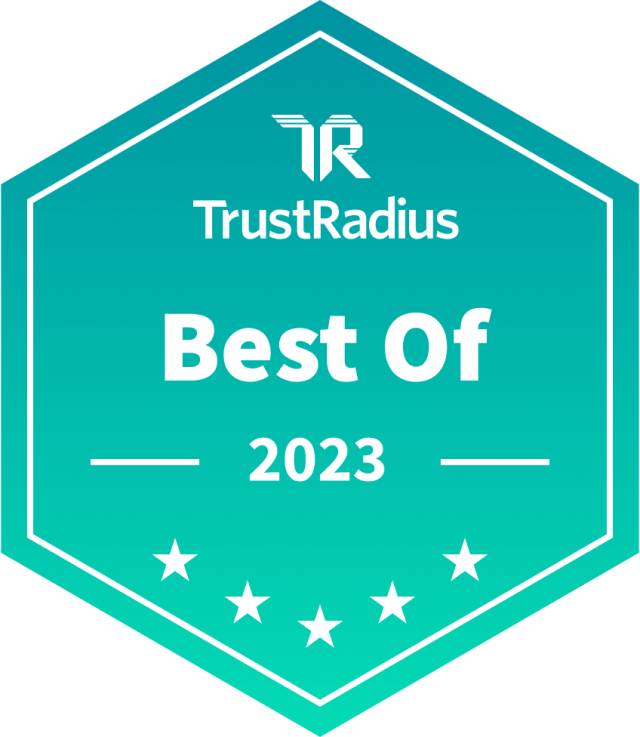As a customer service leader, you must keep staff motivated and engaged while managing costs and running an efficient ship. Although that feels like a delicate balancing act, the right technology can address both issues.
Your job as a customer service leader can sometimes leave you feeling like you’re serving two masters. Your top priorities are not only hiring, training, and retaining quality contact center agents and store associates – a difficult task in itself – but also doing so while controlling costs. Making progress in one area can sometimes cause setbacks in the other. These kinds of customer service challenges aren’t easy to solve.
It’s understandable – if cost-cutting isn’t done thoughtfully, just a rumor about it can damage employee morale. So you work hard to find the right balance that will keep your department running smoothly and ensure you’re hitting your numbers.
So, how can you strike this balance while also helping your contact center take on the everyday challenges of customer service representatives? What technologies can you consider when seeking solutions for how to improve customer service? Let’s take a look.
Keeping top employees happy and engaged
Qualified, successful customer service representatives can be really hard to find. Once you have them, you want to do everything in your power to keep them. Why? Not only does this help avoid turnover costs, but you recognize that happy and engaged service reps increase customer satisfaction.
However, working as an agent in a contact center can be highly demanding. One study found that 74% of contact center agents were at risk of burnout, with 30% being at severe risk. Two factors driving this? Agents don’t feel empowered to help customers with most of their needs or feel that their company is not “customer-focused.”
At the same time, another study found 71% of contact center directors citing system and tool inefficiencies as the top cause of their employees’ workplace-related stress.
Thankfully, technology can help eliminate these inefficiencies. Empowered by specific tools and technologies, agents can focus their efforts on the customer, not the software. That frees them up to do what they love – helping people.
For example, allowing agents to work across channels in a single, intuitive interface is how a CRM system can improve the customer experience while keeping agents’ frustrations low and job satisfaction high.
Training reps to handle challenging customer service situations
Dealing with angry customers comes with the territory of any customer service agent. One of your top challenges as a leader is to train reps on how to handle difficult or angry customers without sacrificing customer experience.
What are great customer service skills you must always help them build up? Conflict resolution skills, empathy, and especially, effective communication.
People expect a lot from customer service agents: 46% of consumers will abandon a brand if they feel an employee is not knowledgeable. At the same time, 78% of consumers think their customer service experience improves when agents don’t sound like they’re reading from a script.
But with high amounts of incoming requests, it can be hard for customer service leaders and agents to keep delivering on these expectations. Although, with more than six in 10 customers preferring using self-service channels to answer simple inquiries, automation has presented one effective solution. For example, one study shows that chatbots can help businesses answer up to 80% of routine questions, freeing up agents to handle more complex queries and requests, all while cutting costs.
With more of their time focused on challenging customer service situations, ensuring reps have the resources to constantly build up their intangibles and the tools to make each customer interaction easier is key to ensuring your department runs smoothly. Most importantly, for your customers to feel like their needs were addressed effectively.
Maximizing efficiency without sacrificing effectiveness
While crucial to CX, customer service is often seen solely as a cost center. Not only does this make it difficult to get backing or funding for new projects, but it increases the need to get even more out of your current resources, even as the requests keep piling up. For example, if the company wants to add live chat as a support channel, you must find a way to make it work without adding a ton of headcount.
Varying by industry, the average agent needs two to eight weeks of training to reach 50% productivity. Of course, training is essential. But what if you could reduce the time it takes, and increase productivity at the same time? It’s easier than you might think. That is, as long as agents have the right tools:
A knowledge management system built into your case management software means agents don’t have to spend time memorizing product and company information – they always have fingertip access to the answers they need.
The same knowledge base can be accessed from individual store locations, dealerships, and franchises, ensuring that all company representatives can deliver accurate information to customers regardless of location.
In-context guidance can be tailored to agents’ experience level, which keeps even the newest employees moving swiftly through cases without using stiff, unnatural scripts.
Even more service efficiency can be gained from implementing customer self-service, deflecting calls and emails. Today’s consumers actually prefer to find their own answers; calling or emailing Customer Service is the last resort and can be a barrier to good customer service for some.
Adding self-service functionality to your website and mobile app can deflect more than 15% of phone calls and emails from your contact center (and that’s a conservative estimate). With self-service handling the most repetitive customer questions, your agents are freed up to handle more complex cases with the care and attention they need.
Another time-intensive task with room for optimization is reviewing cases for accuracy. Most contact centers manually spot-check only about 5% of their CRM data. They review cases one-by-one, which means they’re fixing the same mistakes over and over again and missing actionable trends.
Does that sound familiar? Chances are you either feel like you spend too much time each day checking verbatims, or you have a nagging worry that you’re not checking them thoroughly enough. You’re taking time away from other responsibilities, or you’re passing along data that you’re not entirely comfortable with. Smart systems can do these checks for you – on all of your data – giving you peace of mind and time back in your day.
Dealing with sudden surges of support requests
Spikes in customer questions happen. Being unprepared to handle these sudden influxes is one way a call center can fail during these times. Overloading call center workers and customer service reps with more requests when they’re already working at capacity can be a recipe for disaster. Not to mention, it can take a major toll on employee morale.
A top challenge is ensuring you are set up to deal with these spikes, and support your reps when they do happen. One way companies are tackling this customer service challenge? Automation.
Many companies turn to chatbots to handle the most common customer questions, freeing agents to focus on more critical requests. Some even leverage AI to continuously adjust as more customers interact with it. Email automation solutions also help review and categorize every incoming customer message. Some even go so far as drafting a response for the agent, saving them loads of time with each request.
Introducing automation into your customer service processes not only helps ensure your team is prepared to handle sudden spikes in requests. It can also help handle the heavy lifting that can bog down your agents’ efficiency during their typical day-to-day, so they can focus more on helping the customer and less on the background tasks.
Finding the right technology to solve customer service challenges
Those two responsibilities – creating an effective agent experience and maximizing efficiency – might seem to be at odds with each other. But when you look closely, you can see a common thread: technology. The same tools that can deflect contacts, decrease talk time and improve FCR can also improve employee morale. After all, agents want to help customers as quickly and thoroughly as possible too. When they get frustrated, it’s usually because technology is making their job more difficult.
That means customer service leaders like you can have the biggest impact if they focus on finding the right technology that solves their top problems: lengthy trainings, manual QA, long call times, low FCR, and unhappy agents.
Where a CX solution fits in
Using a customer engagement CRM, contact center agents can resolve customer issues more quickly and effectively than ever before. The right CRM improves the customer experience by shortening training time, showing a unified customer view, and providing everything agents need to improve loyalty in a single, integrated interface.
Here are some additional features to look for in CRM software to take on your top customer service challenges:
Single agent desktop. Agents can see comprehensive customer information, interaction history, and other context on one screen. And they can engage with consumers on any channel without the annoyance of switching applications. This streamlined workflow means new agents have fewer systems to learn, which can significantly reduce training time.
In-context guidance. Guides agents by providing personalized interactions, which leads to increased retention and conversions. The software should recommend steps that anticipate the customer’s next move, based on the reason for the call, customer history, and other contexts, helping reduce training time and decreasing the need for supervisor escalations.
Intelligent data entry. Dynamic field configuration that allows the system only to gather information pertinent to the specific type of interaction or issue. Along with data entry shortcuts like "type down" functionality and name and address matching, it should help reduce call handling time, speed up on-the-job training, and improve data quality.
Integrated knowledge management. The ability to search the same knowledge base as customers without leaving the CRM, giving them fingertip access to the information they need to provide accurate and consistent answers without memorizing anything.
Automated email interactions. It should pre-populate a case based on the details of a customer email. Then, it should automatically create a response email for the agent to approve, increasing their email efficiency.
Customer self-service. It should also provide chatbot capabilities. How can a chatbot help your CRM? By providing the digital self-service options your customers want, delivering instant, accurate answers while deflecting contacts from the call center. Seek chatbots that don’t require you to author a knowledge base from scratch and leverage NLP technology to understand the context of what customers are asking to serve up the correct response.
Customer data QA. Audits 100% of your CRM case data to identify quality issues without manual QA and automatically fixes inaccurate product and reason codes. Intelligent analytics help you drill down to the root cause of errors, such as training weaknesses and under-performing agents.
Insights generation and sharing. Pull both operational insights and business insights about your agents’ efficiency and the context of the requests they are handling, and communicate these insights with stakeholders in your organization to help drive key decisions.
See how Emplifi can help you improve customer service. Schedule a demo to see Emplifi’s customer engagement platform in action today.
Editor's Note: This article was originally published on astutesolutions.com. Any statistics or statements included in this article were current at the time of original publication.

















